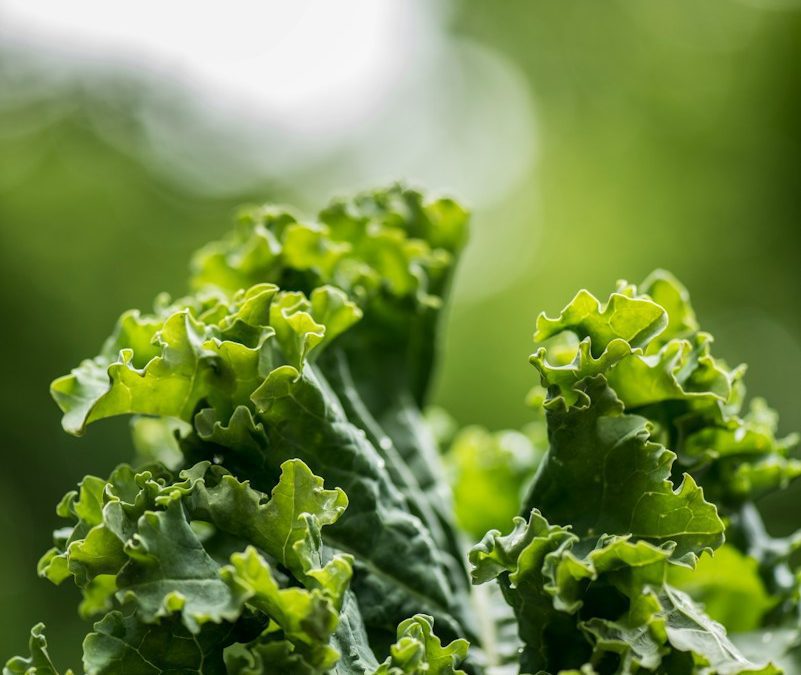Contents
Introduction
Kale, a leafy green vegetable packed with nutrients, has gained immense popularity among health enthusiasts and gardeners alike. This article serves as a comprehensive guide for beginners who are looking to grow kale in their own gardens. From soil preparation to harvesting, we’ll cover all the essential steps and tips to ensure a bountiful kale harvest.
Selecting the Right Variety
Understanding Different Kale Types
Kale comes in various types, each with unique flavors and textures. Some popular varieties include Curly Kale, known for its ruffled leaves, and Lacinato Kale, which features dark, smooth leaves. Choosing the right variety depends on your taste preference and climate.
Climate Considerations
Kale is a hardy vegetable that can thrive in cooler temperatures. It’s important to select a variety that suits your local climate. Some kale varieties are more resistant to cold, making them ideal for northern climates.
Preparing the Soil
Soil Quality and Nutrient Requirements
Kale grows best in well-draining, nutrient-rich soil. It’s essential to prepare your garden bed by incorporating organic matter such as compost or well-rotted manure. This will improve soil fertility and structure.
pH Levels and Kale
The ideal pH level for kale is between 6.0 and 7.0. Testing your soil’s pH can be easily done with a home testing kit. Adjustments can be made by adding lime to raise the pH or sulfur to lower it.
Planting Kale
Best Time to Plant
The best time to plant kale is in early spring or late summer. For a fall harvest, planting about 6 to 8 weeks before the first expected frost is ideal.
Seed Sowing and Spacing
Sow kale seeds about ¼ inch deep, spacing them approximately 12 inches apart. Rows should be spaced about 18 to 24 inches apart. Thinning is necessary once seedlings are about 4 to 5 inches tall.
Kale Care and Maintenance
Watering Requirements
Kale needs consistent moisture to grow well. Water the plants deeply once a week, ensuring that the soil remains moist but not waterlogged.
Pest and Disease Management
Common pests like aphids and cabbage worms can be a challenge. Regularly inspect your plants and use organic pest control methods like neem oil or insecticidal soap. Rotating your crops each year can also help prevent disease buildup.
Harvesting and Storing Kale
When to Harvest
Kale is ready to harvest when the leaves are about the size of your hand. Harvest the outer leaves first, allowing the center to continue growing.
Storing Kale
Fresh kale can be stored in the refrigerator for about a week. For longer storage, kale can be blanched and frozen.
Conclusion
Growing kale can be a rewarding experience for any beginner gardener. With the right care and conditions, you can enjoy a continuous supply of this nutritious leafy green. Start small, experiment with different varieties, and enjoy the fruits of your labor in delicious, healthy meals.


